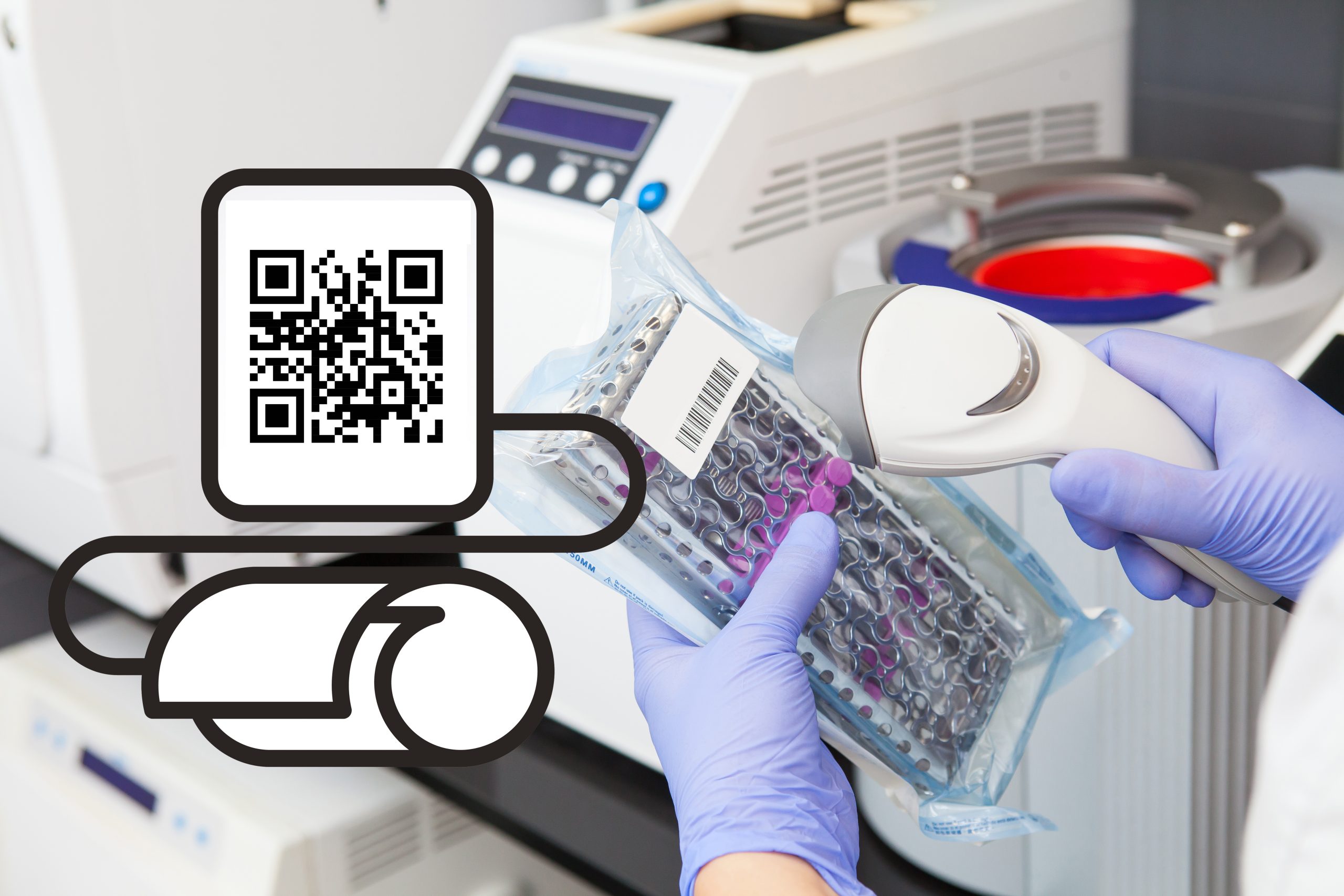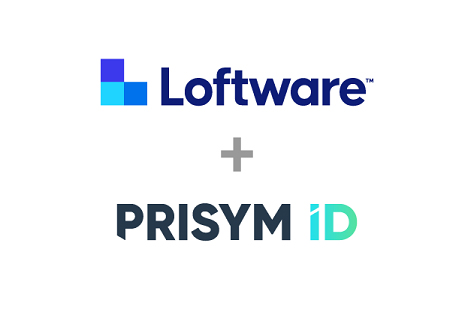

“The MedAccred Labeling, Printing and UDI Task Group’s role is to provide medical device companies with structure and requirements to assist in identifying and implementing industry best practices for global market compliance.”

“The MedAccred Labeling, Printing and UDI Task Group’s role is to provide medical device companies with structure and requirements to assist in identifying and implementing industry best practices for global market compliance.”

Following Karl Storz’s recall of urological endoscopes, the agency wants to make sure that healthcare providers have seen the company’s urgent labeling update involving sterilization methods.

New changes mean new challenges, but global harmonization could make things easier for device manufacturers in the long run.

2022 is now upon us, hopefully marking the end of a very disruptive couple of years. Global challenges, from supply chain shortages to remote services, have driven digital innovation and change in the way we work across all sectors. The medical device industry is no different and going forward, having learned from the experiences of 2021.

Building fruitful development partnerships between companies, governments and researchers will enable the most promising and impactful deployments in healthcare.

Clinical Trials Labeling and Regulated Content Management Added to Cloud-Based Platform

Due to rapidly evolving regulatory landscape and manufacturing demands, label requirements and the information they contain are constantly changing. Here’s how medtech organizations can manage the process.

With only one month until the compliance deadline, many medical device companies still have much to prepare in order to meet the requirements.

Labeling is as critical as quality for medical device products. If a manufacturer can’t shift labeling to meet production in an agile manner, their products may not reach their destination.

Taking a bare-minimum approach to meeting the eIFU requirements of EU MDR could mean missing an opportunity to improve transparency in healthcare. Here’s how to use eIFU to provide stakeholders with greater confidence and clarity in medical devices.